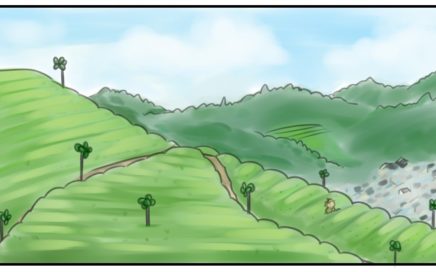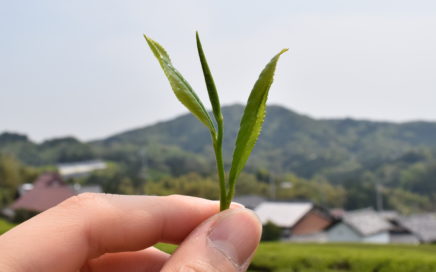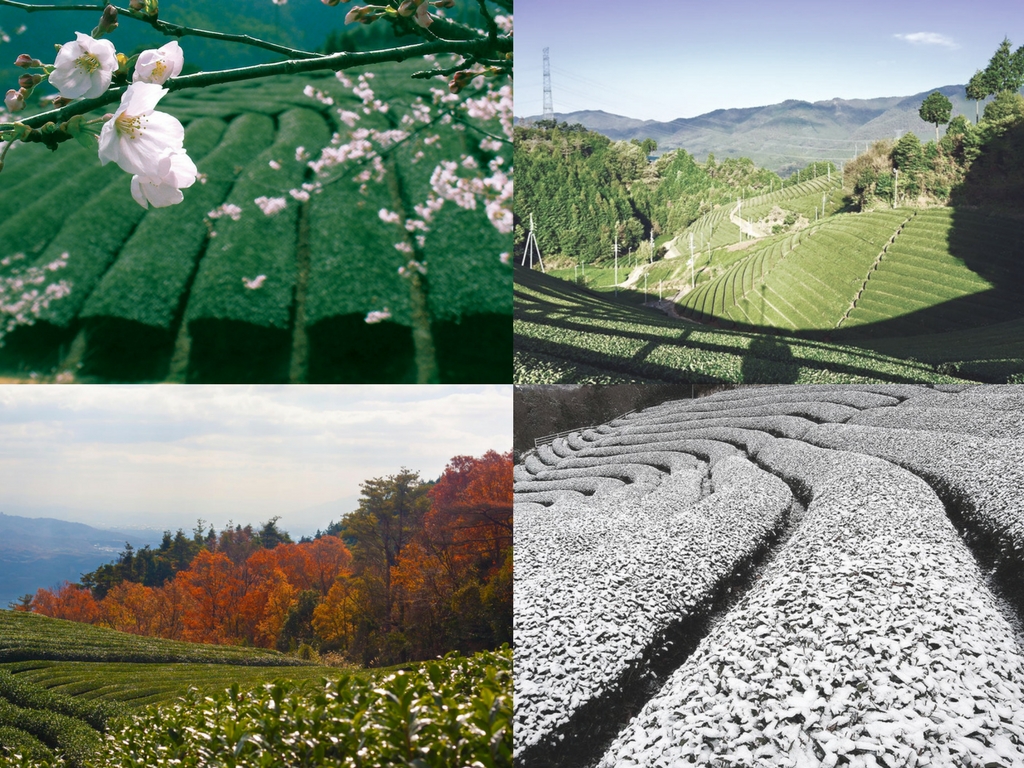Matcha Pt.3: What is Matcha?
For the last two weeks, I have talked about matcha tea ceremonies, matcha tea utensils, and now it is finally time to talk about matcha itself! In this post I want to break down how the tea is made. First and foremost, to create a baseline, it is important to first explain aracha and […]


















